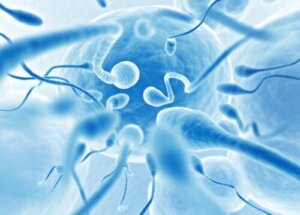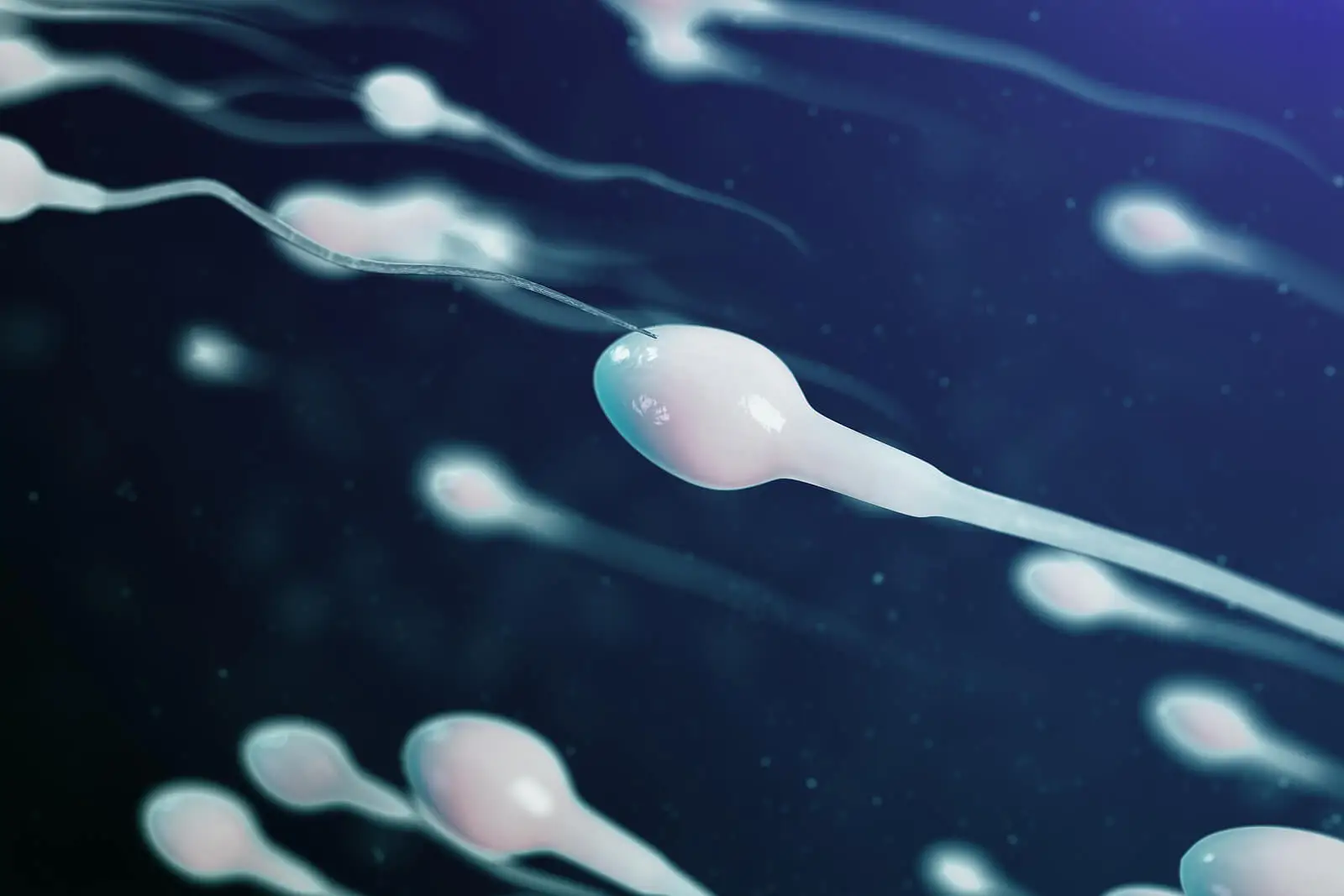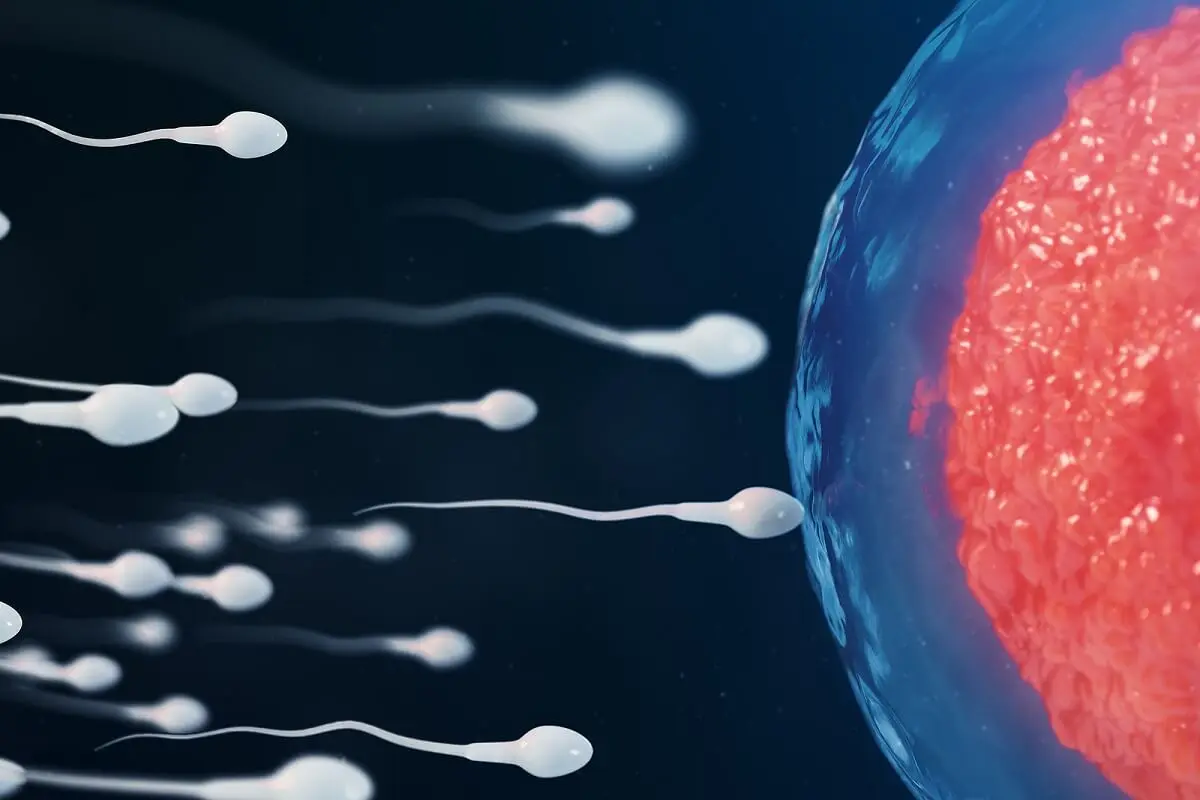18 Interesting Facts You Probably Didn't Know about Semen and Sperm


Reviewed and approved by the nurse Leidy Mora Molina
There are still a lot of things we don’t know about well-known compounds such as semen and sperm. Although science has advanced a lot in this regard, there are still some gaps in our knowledge.
It should be noted that semen and sperm are still the subjects of many myths, some of which are very widespread. They’re also assumed to be sacred substances within the framework of some religious or ideological beliefs.
After all, they contain part of the enigma of life. For this reason, they continue to arouse interest and lend themselves to legends. Apart from that, there are a number of curiosities worth discovering. In today’s article, we’ll tell you 18 interesting facts you probably didn’t know about semen and sperm.
1. The origin of the word “semen” comes from the word “seed
The word comes from the Latin term semen or seminis, which means “seed.” It was thus named because in the past it was believed that the man deposited his seed in the woman and this produced fruit.
Today, it’s widely known that it’s not “sowing” as such.
2. Semen and sperm are not the same things
Many think that semen and sperm are the same, but this isn’t so. Semen or seminal fluid is the fluid produced during ejaculation that carries the sperm or collection of sperm. Meanwhile, sperm are the male reproductive cells.

3. Semen forms in different parts of the body
While sperm forms only in the testes, semen forms in three different places. First, it’s made in the prostate, which forms a milky substance. Then, it’s made in the seminal vesicles, which produce two-thirds of the seminal fluid. And finally, it’s made in the testicles.
Like this article? You may also like to read: How a Man’s Diet Impacts His Quality of Sperm
4. Sperm take a while to form
Sperm don’t form overnight. The male body is always forming sperm. However, from the time of origin until they become mature cells, it takes about 74 days.
5. Semen goes from gel to liquid
When semen is expelled, it’s in the form of a gel. It’s believed that it has this consistency in order to stay longer in the vaginal tract and be more successful in fertilization. The truth is that it then becomes a watery substance.
6. There’s a variable amount
Semen and sperm are always together, but in very different amounts. It’s estimated that each milliliter of semen contains between 20 and 300 million spermatozoa. During an average ejaculation, there are between 1 and 5 milliliters of semen or between 20 and 1.5 billion sperm.
We think you may be interested in reading this, too: How to Interpret the Results of a Spermogram
7. Historic definitions: Miniature adults?
Semen and sperm have been the subject of many theories throughout history. In the 17th century, for example, it was possible to view semen under a microscope. By observing spermatozoa, they were defined as small animacula and then as miniature adults.
8. Underwear influences semen and sperm
Loose underwear is associated with a higher production of quality sperm. Tight underwear, on the other hand, increases the temperature of the testes, and this reduces sperm count.
9. Diet, semen, and sperm
Those who think that semen and sperm are unrelated to food are wrong. For instance, a study led by the Universitat Rovira i Virgili (URV) and the Institut d’Investigació Sanitària Pere Virgili (IISPV) found that the consumption of nuts improves semen quality and sperm count.
10. A new partner? More semen
The University of Florida published research that men ejaculate more semen when they have a new partner. Also, the sperm has higher quality and speed. Apparently, this is an evolutionary mechanism for the survival of the species.
11. They don’t improve the skin
There’s a myth that semen and sperm serve as cosmetics to improve the skin. Although there are species such as the female of a type of squid that ingests it as a nutrient, the truth is that it doesn’t have components that are very different from those of saliva, except that the latter has antiseptic effects.
There’s no evidence of its cosmetic properties.
12. Semen and sperm can cause allergies
There is a small percentage of women who have allergies when they come into contact with semen and sperm. These substances can cause swelling, redness, and itching in the vaginal canal. This is known as seminal plasma hypersensitivity.
13. Semen and sperm: They’re used in gastronomy
Although it may be hard to believe, semen and sperm have been present in some cooking recipes. There is even a recipe book called Natural Harvest: A collection of recipes based on semen. It’s still an exotic and bizarre ingredient, as it makes no significant nutritional contribution.
14. It has been used in art and as invisible ink
The painter Martin von Ostrowski has used semen as a component of the materials with which he elaborates his works, which total more than 30 made this way. On the other hand, it was used as invisible ink by the spies of the First World War. However, the characteristic odor of this substance proved that it was not a good idea.
15. It can survive in another body
Sperm are the only cells produced by an individual that are designed to survive in another body. They have an average life span of 24 to 48 hours in the female body. However, in exceptional cases, they can remain alive for up to 5 days.
16. Ejaculating increases happiness and reduces depression
Semen improves mood, as it contains the most effective ingredients against sadness in a “cocktail” that makes men feel happier when ejaculating. The list of components of happiness is as follows:
- Oxytocin
- Serotonin
- Estrone
- Melatonin
- Prolactin

17. A vasectomy does not affect a man’s semen
A vasectomy is one of those events that shows the great difference between semen and sperm. After this surgery, the sperm do not mix with the seminal fluid. However, semen continues to be produced as usual. Ejaculation will feel exactly the same.
18. Dead, but not frozen
Scientists have succeeded in fertilizing female eggs with dead sperm in a laboratory. Apparently, the only thing that counts is that the DNA is present.
On the other hand, and contrary to what many legends say, you can’t freeze semen in a thermos in the fridge and expect it to work later. It will die and won’t be able to be used.
A healthy man always has semen and sperm
There are many curiosities about semen and sperm. In addition to the above, we should add the fact that a man with only one testicle is still fertile. This is enough for him to reproduce normally.
It should also be noted that semen and sperm never stop being produced. Unlike women, healthy men remain fertile until the day they die.
All cited sources were thoroughly reviewed by our team to ensure their quality, reliability, currency, and validity. The bibliography of this article was considered reliable and of academic or scientific accuracy.
- Blay, R. M., Pinamang, A. D., Sagoe, A. E., Owusu, E., Koney, N. K., & Arko-Boham, B. (2020). Influence of Lifestyle and Environmental Factors on Semen Quality in Ghanaian Men. International journal of reproductive medicine, 2020, 6908458. https://doi.org/10.1155/2020/6908458.
- Joseph, P.N., Sharma, R.K., Agarwal, A. et al. Men Ejaculate Larger Volumes of Semen, More Motile Sperm, and More Quickly when Exposed to Images of Novel Women. Evolutionary Psychological Science 1, 195–200 (2015). https://doi.org/10.1007/s40806-015-0022-8.
- De Juan Pérez, A. I. (2021). Presencia y distribución de neuroreceptores de serotonina, gaba y dopamina en el espermatozoide humano. Estudio con técnicas de microscopía de alta resolución y análisis de grafos (Doctoral dissertation, Universitat d’Alacant-Universidad de Alicante).
- Puerta-Suárez, J., & Cardona-Maya, W. (2013). Alergia al plasma seminal humano:¿ mito o realidad?. Revista chilena de obstetricia y ginecología, 78(3), 193-200.
This text is provided for informational purposes only and does not replace consultation with a professional. If in doubt, consult your specialist.








